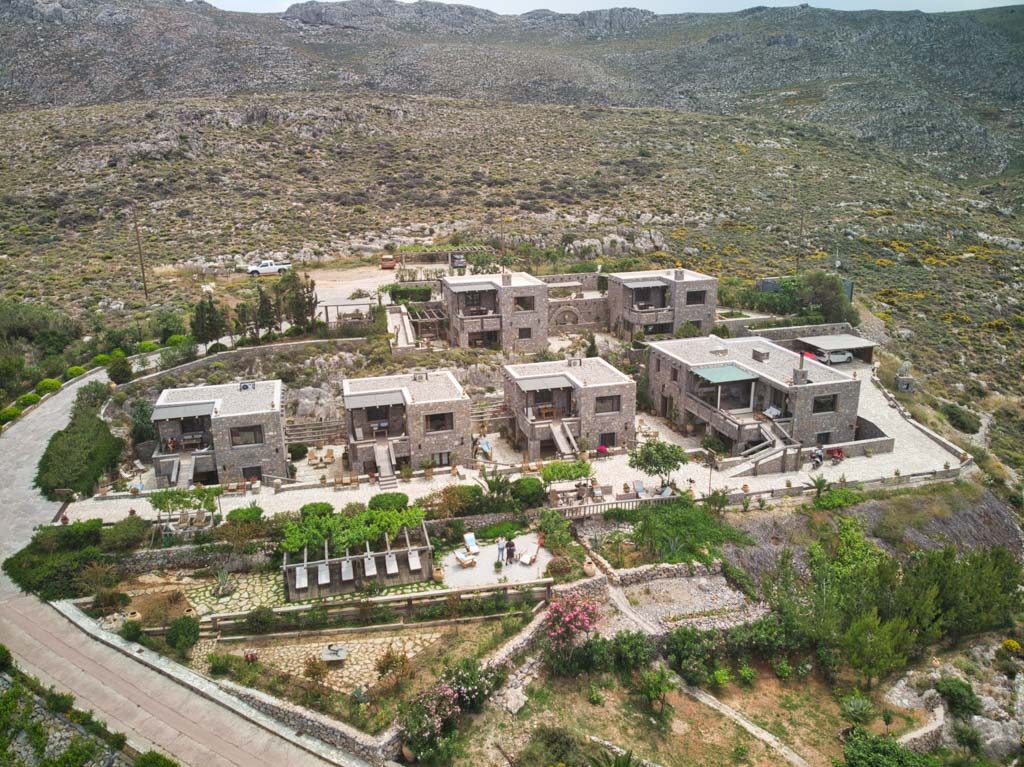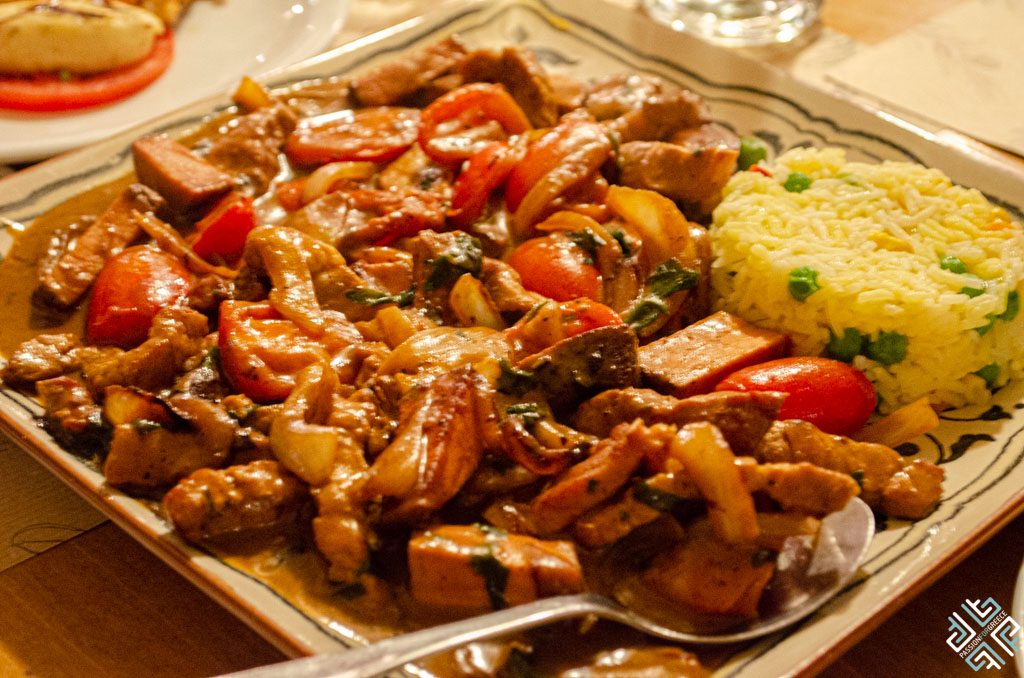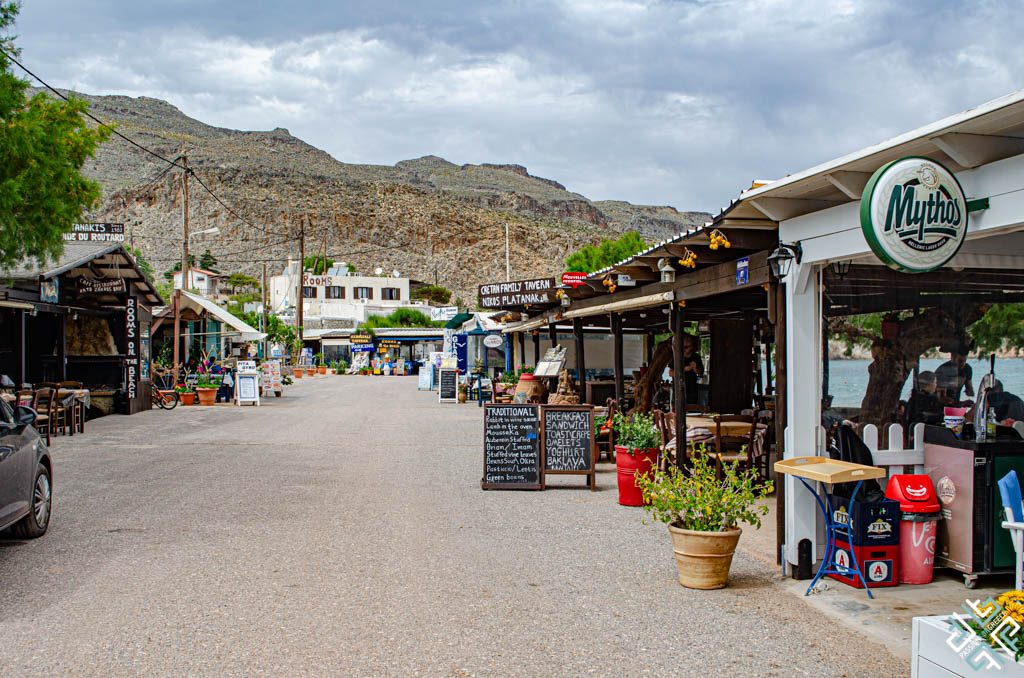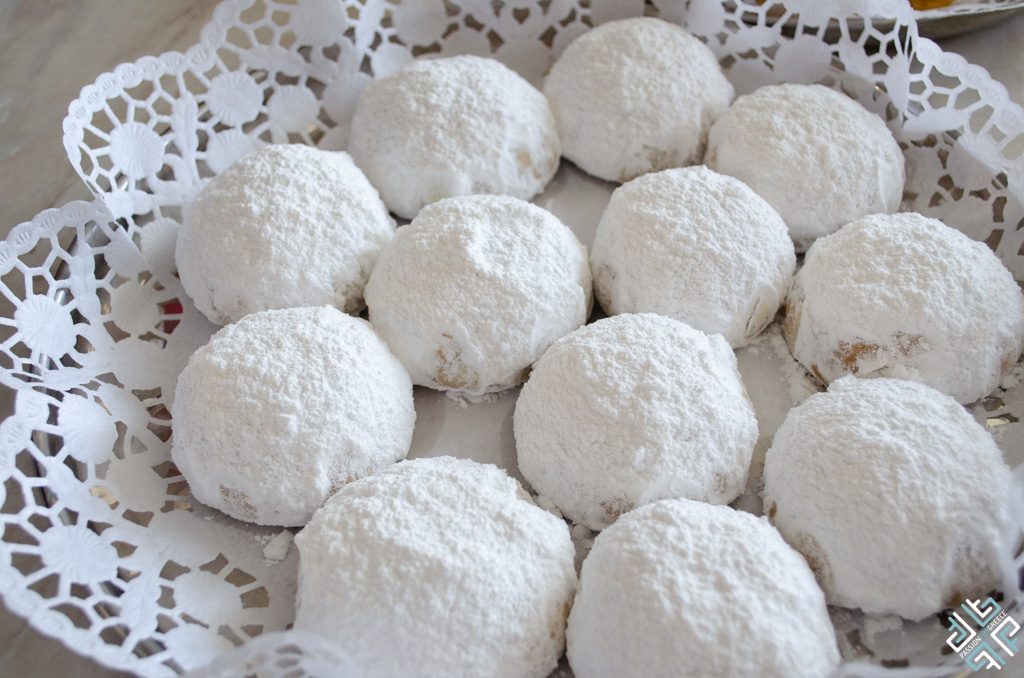One of the best things about being a part of Travel Bloggers Greece is getting the opportunity to experience places in Greece that are less familiar to many travelers. You wouldn’t think that Crete – Greece’s largest island – is one of those places. But Crete is actually like a whole country unto itself, with a distinctive history, cuisine, and some of Greece’s best folk music. Many fabulous parts of Crete are world-famous, and justifiably so – like the Minoan Palace of Knossos, the legendary beach Balos, the Samaria gorge, and Sfakia (to name just a few). But on a trip to Crete with Incredible Crete, we discovered a completely different Crete – the eastern regional unit of Lasithi, on the eastern end of the island. Our trip was arranged by Elina Mikroulea, of the Regional Unit of Lasithi (IncredibleCrete !) – a fantastic hostess, guide, and travel companion. She shared the best fo the region with us, on a trip that was full of surprises.
Discovering Lasithi
Lasithi is the perfect destination for travelers who want a sense of discovery, love unspoiled landscape, and need to feel like they have an entire island to themselves sometimes. Lots of visitors do come to Lasithi – it’s a popular destination for resort tourism. Some of Greece’s finest luxury resorts are here. But these are mainly concentrated in one area. That leaves the rest of Lasithi a little but wild – warm, inspiring, and surprising.

Lasithi is an amazing destination for adventure. Of course, there are the pristine beaches and watersports. But this is also prime territory for hiking and trekking, biking, horseback riding, and even – as we learned – caving. The phenomenal Sitia Geopark – over 500 square kilometers of unique biotopes and ecosystems, waterfalls and gorges – is a great place to start. We tried as many things as we could, so we can share them with you.
Sitia
We started out in the town of Sitia itself, Crete’s easternmost big-ish town by the sea. We stayed our first night at the Sitia Beach Hotel. It belongs to a very special genre – the first wave of large, elegant hotels built to welcome international tourism in the 1970’s and early ‘80s.

Recently restored, the hotel is elegant with a great atmosphere and tons of authentic style – dark marble floors, clean modern lines, and a swimming pool in the entrance – covered with a bough of bougainvillea (It’s one of several pools). The breakfast, sumptuous, had a strong cretan identity, with many excellent local specialties.

From here, we started exploring the Sitia Geopark, on a hike through the Richtis gorge. We passed romantic abandoned water mills along the stream, coming finally to an amazing waterfall, falling from a height of 20 meters into a refreshing pool.

In the evening after a delightful hike we enjoyed a fantastic meal with our hosts at Meraki, where we savoured local specialties like xygalo (a creamy cheese), selection of salads and meat dishes.
Kato Zakros, and the Gorge of the Dead
Admittedly, it doesn’t sound like a promising name. But the Gorge of the Dead ended up being one of our favorite places of Crete, and maybe Greece in general.

First, it’s filled with positive energy, somehow a magical, spiritually cleansing place. How did it get the name? One of the Minoan Palaces is here, excavated in the 1960s. They found no graves though. That’s because they later discovered that the Minoans of Zakros brought their dead to rest in a place of honor, the caves hgh in the walls of the gorge. The gorge is part of the E4 trail.

We stayed here at Terra Minoika, on the side of the valley with a view of the sea and the palace. Our hostess was Stella. She grew up right here, and her father worked on the excavation of the palace.

She loves sharing such a magical place, so she decided to build some elegant stone apartments with patios and terraces overlooking the town. The little villas were so elegant, so traditional. Stella took us through the gorge herself.
For lunch we headed to cafe bar Amnesia where we savored some traditional dishes. Then we had dinner all together by the beach-traditional homestyle Cretan dishes, and delicious home-made wine at Nostos. We had never slept so deeply, or awakened more refreshed.
Ano Zarkos, and the Ladies Cooperative
Kato means “lower”in Greek – so the Zakros by the sea. But in the hills high above, there’s an Ano (“upper”) Zakros. This is a traditional Cretan village with an old-style kafeneio and quiet charm. They also have something wonderful – a Ladies’ Cooperative.

Throughout Greece, there are organizations of women who come together to preserve their community’s traditional crafts and foods. The Ladies Cooperative of Ano Zakros was the finest we had seen. When we arrived, the ladies were turning out “Tsirotigana” – fried sweets served at Cretan weddings.
They treated us to fresh, crisp tsirotigana as well as many extremely labor-intensive cookies – like little works of art. It was 10:30 in the morning. They offered us tsikoudia, the legendary Cretan spirit of grape marc.Somehow, if you have it before noon, it works just like coffee – refreshing!
Spa Beach

Actually, it’s called argyle beach, because the cliffs are made of natural clay. This was one of a whole string of sparkling beaches on the eastern coast, all nearly completely private.
Ierapetra
This is the garden of Greece – the greenhouses of Ierapetra produce huge amounts of delicious produce for the country. It’s a lovely and very laid-back coastal down, somehow caught in an agreeable time-warp.
We were actually here to go to one of our favorite places in Crete, or rather off of Crete – Chrysi island.
Chrysi Island
15 kilometers from shore is a completely unspoiled paradise of an island. It’s called “golden” but the sands are glittering white.
The island is covered with Lebanese cedars, and the seas are the clearest you can find. The beaches are on the north end, while boats dock in the south – so you have no sense of civilization at all, except for the centeern selling cold beer and juices. This is a wonderful place to forget what time, or day, or even year it is.
Our international member, Todd Hata, got some unbelievable drone footage of this secret paradise.
Agios Nikolaos
The smallest of Crete’s four regional capitals, Agios Nikolaos is completely enchanting. It essentially has two waterfronts, because there is a “lake” – connected to the sea by only a small channel.

Lake Voulismeni is at the heart of an area with charming tavernas and cafes – we ate at the loveliest – Riga Karnagio. They made fantastic and inventive versions of Cretan cuisine. The mood is playful, and the service is excellent.
That night, and the next night, we were hosted by the Miramare – a grand resort with a stunning view. We each had a suite, and some of us had private pools.
Spinalonga Island
This beautiful island fortress is completely fortified, and was once among the most formidable in the whole Mediterranean. It guarded the salt pans. But most people know it for the more recent and poignant chapter in its history.

This was leper colony in the first half of the 20th century. Spinalonga island is now a museum, with exhibitions in the ruins of the buildings, overgrown with weeds and full of atmosphere. We learned all about their very full daily lives on the island, where they fell in love, married, and even had children. This is a fascinating monument, and very beautiful. We visited in on a private boat trip.
Diving with Mediterranean View Diving Center
We had a fantastic day on the boat with Michalis of the Mediterannean View Diving Center at the Candia resort on Mirabello Bay. First we went to Spinalonga island. Then we had a picnic by an old chapel on a nearly deserted cove. Our hostess Elina brought pies and olives and cheeses and charcuterie and wine and it was marvelous! Then we had a spell of harsh weather on the way back- an exciting ride.

Then, whoever wanted had a scuba diving lesson with Alkis. It was a complete diving experience, ideal for first-time divers. My instructor, Alkis, guided me far beneath the waves. It was a magical experience.
In the evening we enjoyed a lovely dinner with a stunning view of Elounda at the Hope tavern.

Exploring the Lush Countryside with Fourni Horses
The last day of our incredible trip was a really full one. We drove to the village Fourni which ended up being one of our favorite villages of the whole trip. The houses were beautiful and colorful, and there was a friendly cafe in the shade.

Giorgos together with his wife Evgenia run Fourni Horses, and they offer great experiences of the landscape. We took a 6 km ride slowly around the neighboring paths towards other villages and to a monastery from the 16th c which is now abandoned. The mill stones for oil and for wheat were in the courtyards. The crumbling walls were fragrant with fresh oregano. We rode though olive groves in the morning sunshine. Back at the center, we had tsicouda, cheese from his own herd, their own olives, and an artichoke cut fresh right next to the table. Truly the best Cretan hospitality – spontaneous and warm.

We ended our trip with a lunch at the newly renovated Wyndham Grand Crete Mirabello Bay.
Blog posts covering our trip:
Why you must visit the lesser known Lasithi in Eastern Crete
https://travelpassionate.com/things-to-do-in-lasithi-eastern-crete/
https://travelpassionate.com/a-guide-to-chrissi-island-crete/
https://travelpassionate.com/kato-zakros-a-hidden-gem-in-eastern-crete/
https://travelpassionate.com/a-guide-to-spinalonga-island-crete/














































What do you think?